Do you ever wonder how you manage to get anything done in SEO?
It seems each year – heck, each week! – there is a new tactic everyone NEEDS to implement, and a handful that have fallen out of favour.
This is especially true when it comes to outreach or digital PR, or whatever new jargon phrase is cool right now for talking about link building.
I am talking about the process of reaching out to people who manage websites and getting them to feature your content with a link.
I’ll be honest:
When I first started promoting content, the idea of reaching out to “real people” over email seemed alien.
Back in the day, there was quite a few of us who created content and then shared it on Digg.com to hustle enough diggs (upvotes) to get it featured on the front page.
I found a loophole when I realised I could reach out directly to Digg elites, known as Digg power users.
By sharing my content with just one person (MrBabyMan, thanks bro), I would regularly hit the front page and receive 100,000’s of visits and enough links to keep my clients happy.
Now:
If we want to reach big audiences, we need to impress journalists and big name bloggers.
When the Digg party ended, I had to learn something called ‘outreach’ and I treated it like a true SEO…
First question: How do I scale, baby?!
I invested in tools like SendBlaster 2. I scrapped lists of thousands of sites and blasted away.
It actually worked. Well, I did get a few links from minor sites.
If you made it all the way to this sentence, you’re probably thinking ‘why am I reading about outreach from this guy?’
And you would be right.
I wasted a lot of time and for a long time. The worst part was that results were declining regardless of how many emails we were sending.
I was seriously worried about how we could progress as an agency: Great content is not enough, you still need to promote it.
But all this changed when I met Gisele Navarro.
Unlike everyone else I met, Gisele didn’t speak about outreach like an SEO.
She wasn’t impressed by my SendBlaster process, in fact she looked disappointed.
The first thing I did was pay her to visit Manchester and train the NeoMam team.
Overnight, we had major features on big name sites. Our content was good, we had just been promoting it terribly.
One of the biggest things I learned from Gisele was how wrong I was with many of my ideas about outreach.
In this post, I am going to highlight a few of these outreach myths that I believed and then let Gisele explain to us how wrong I was.
Myth #1: You Have to Personalize Every Email You Send
Whilst I had my SendBlaster tricks, I still did send the occasional one-off email outreach to someone from a big site, such as Mashable. And sometimes I would get a big hit.
The problem was that it took so long to write each email from scratch. So after a handful of emails, I would just go back to blasting the same message to hundreds of people.
If I could just personalise every message then I would definitely get better results. Of course, that would mean that I’d be spending many hours stuck in the outreach stage.
Am I wrong, Gisele?
 Using templates makes the process a lot more efficient and less time-consuming.
Using templates makes the process a lot more efficient and less time-consuming.
But there is truth to the idea that a personal message will be more powerful than a copy/pasted template.
Who wants to receive an email like this one?
Guess what? Jenny didn’t get a link.
So there has to be a level of personalisation, but in my experience, you can still work with templates that feel personal to the recipient.
And I’m not talking about faking that you really like their work…. Yes, you know what I mean:
Don’t lie to yourself, there’s nothing personal about copy/pasting the name of an article the recipient wrote years ago.
When it comes to the pitch, it’s all about the message and it has nothing to do with the fact that you’re sending it to a group of people.
My number one tip for writing personalised template emails is to make it all about the recipient.
Let me show you what I mean:
It’s not about you, your company or the content itself. It’s 100% about the recipient.
I wrote a lengthy article about this a few months ago — check it out:
How to Write a Personalised Outreach Email Even When You’re Sending it to 100 People
Myth #2: More Emails = More Results
If you get 2% of the people linking to you, then you just have to send more emails to get a significant number of links, right?
This was the main reason for moving to a more automated process so I could send thousands of emails in a very short amount of time.
Initially this did work but I have to be honest and say that after a while, the results started to decline significantly.
I also got a lot of people sending me horrible messages and calling me a spammer – how dare they!
Gisele, what is the solution?
 The short answer: Only email people you’re 90% confident will want to share your content.
The short answer: Only email people you’re 90% confident will want to share your content.
Why 90% and not 100%, you ask? Because you won’t be 100% sure until they reply to your pitch saying they want to run it.
No matter how good you are at prospecting, there’s always a chance that someone won’t run your content.
That being said, there is such thing as ‘the right people’ and the key to a successful content promotion campaign lies in identifying and approaching them.
In short, the right people are those writers who will want to share the content with their readers, given that they:
- Have covered the topic before
- Have worked with the format before
- Have published content produced by other sites/brands/agencies
Your target list might have only 40 sites but if you are 90% confident in those targets, your reply rate will be higher and this will up your chances of getting links back to your content.
There is no point in pitching content to everybody and their mothers. You only want to hit up journalists and bloggers who will see value in the content.
3. You Should Definitely Use Expensive Tools For Finding Journalists and Bloggers
As an SEO, I love my tools.
Before Gisele joined our team, I was obsessed with GroupHigh. It wasn’t cheap but it did a lot of the boring work when it came to outreach.
I was also looking into even more expensive tools like Gorkana for finding details for journalists.
Gisele, if PR agencies pay for them, then it must be the right strategy right?
 To put it bluntly, automating prospecting by using a tool is the single worst mistake outreach teams around the world are making every day.
To put it bluntly, automating prospecting by using a tool is the single worst mistake outreach teams around the world are making every day.
I’m a big fan of tools that will make me think and not just hand me everything on a plate – particularly when it comes to outreach.
At NeoMam we use two main outreach tools: one for tracking our emails (Yesware) and another one for finding email addresses (Hunter.io).
Both tools have three things in common:
- They are highly specialised tools; they don’t do it all. Their teams spend their days finding ways of improving the one functionality they are best at.
- They are affordable tools, so you don’t have to drop thousands of pounds on monthly fees.
- They need a human on the other end to be any good. For example, knowing how your open rate compares to your reply rate won’t be of any use if you don’t know what to do with that information.
You need a brain to decide whether a site is right and to identify who to contact within a specific website. There is no other way around it: you have to think and make educated decisions.
4. It’s All About The Hustle
This an idea about outreach that is close to my heart.
I am not the best writer, or even the best researcher but what I do have is hustle.
Maybe because it was my agency, but I didn’t stop pitching until we had something to show clients.
The downside is that I had no energy or time for anything else.
It’s also tricky to get employees to hustle as hard as the owner.
But surely if you hustle hard enough you will get results? Gisele?
 I guess you would, but the question is, what kind of results are you looking for?
I guess you would, but the question is, what kind of results are you looking for?
If you get results for a campaign just because you have been pitching for 6 months non-stop, would you say that it was a successful campaign?
Wouldn’t you agree that a short campaign that gets tons of links is better than a long campaign that achieves the bare minimum?
With that question in mind we started offering a guaranteed number of features to our clients – if we don’t meet the guarantee, then we will launch a new piece of content for free.
We did this because:
- We want to know when a piece of content doesn’t work so we can learn from it.
- We don’t want to spend weeks on end pushing a dead campaign.
- We know that the success of our agency lies in achieving consistent results and we won’t get there if we don’t know the difference between a good idea and a bad one.
It was a big step towards managing the team’s workload and learning what it takes for content to rise to the top.
If you have to hustle your way to a successful campaign, then you’re trying too hard. You’d learn A LOT more if you were to go back to the drawing board and start again.
5. You Need to Make Friends With Publishers Before Pitching
This is an idea that I always thought made sense.
If I wanted an SEO to link to me, then it was far easier if we had got blind drunk at the recent BrightonSEO conference.
The challenge was trying to scale this, or even do it at all.
I am not the most social person online and find it hard to speak to people who I haven’t met IRL.
But if I did more “online networking” then I would get better results? Gisele?
 Speaking of ways to make your job way harder than it needs to be!
Speaking of ways to make your job way harder than it needs to be!
First of all, why do you want to become friends with a journalist before pitching your content?
Is it because you want him to invite you to his upcoming house-warming barbecue?
Or is it because you want to get a link?
I’m asking because if it’s the latter, then you don’t need to be friends with someone for them to like your content.
You can actually start by being mindful of their time and only emailing them if you have something in your hands that you’re 90% confident they will love.
Good prospecting is at the core of relationship building.
Building a strong editorial relationship comes from understanding what type of content journalists want to share with their readers, and offering them exactly that and nothing else.
Is stalking her on Twitter to find out what she did during the weekend going to help? No, it’s not.
I hope you find this post useful as always we appreciate you getting the word out and tweeting this to your followers.
I also wanted to let you know that Gisele is building a online training course about outreach.
As NeoMam progressed, we have found that we have less opportunity to work with lots of businesses as we generally now work with just a handful of enterprise clients.
Our training course is going to be priced in a way that allows everyone to learn from our experience and improve the results they get from outreach.
UPDATE: Course is now live: https://go.outreachblueprint.net/c-sales-page
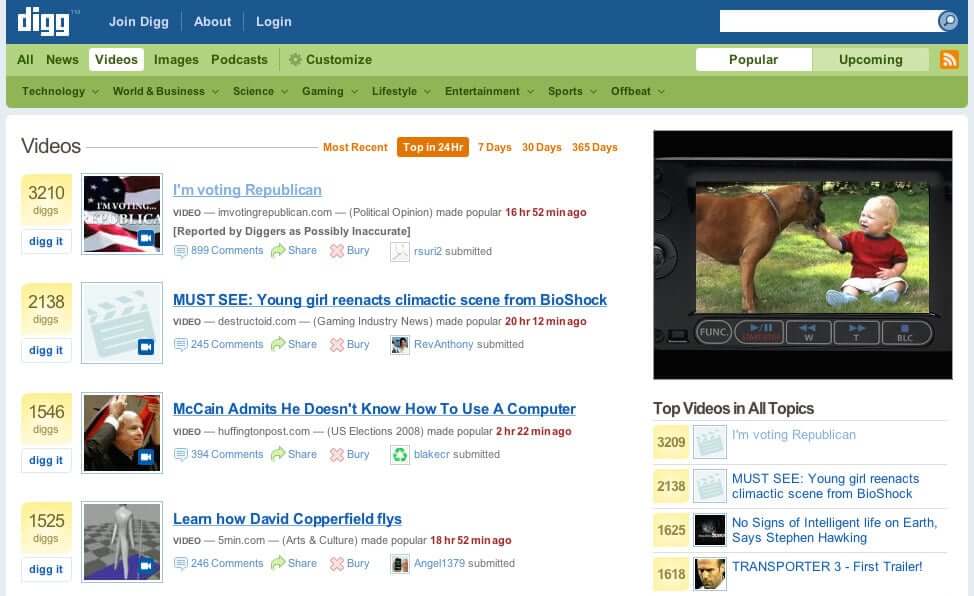
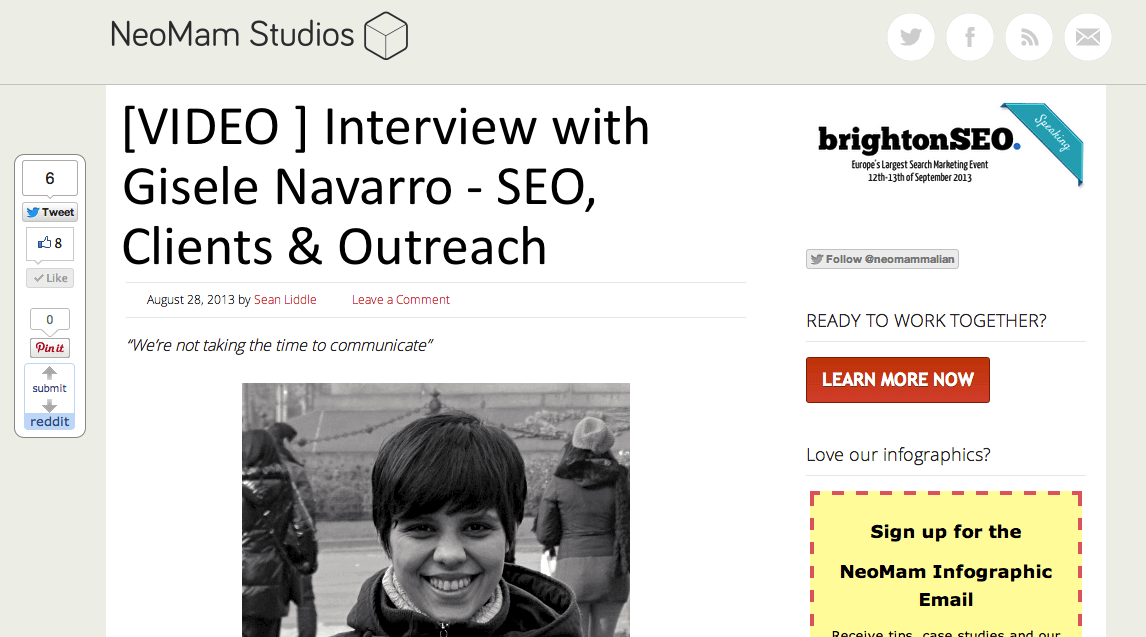
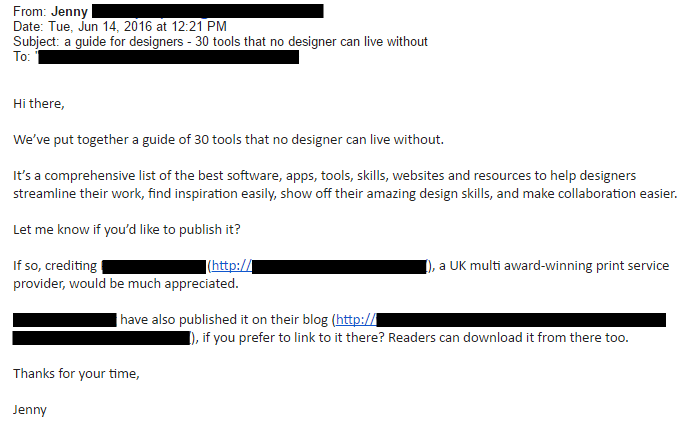

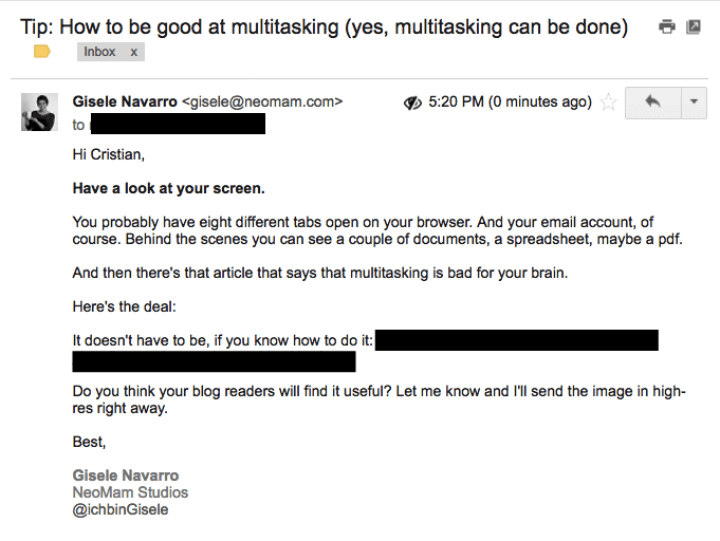

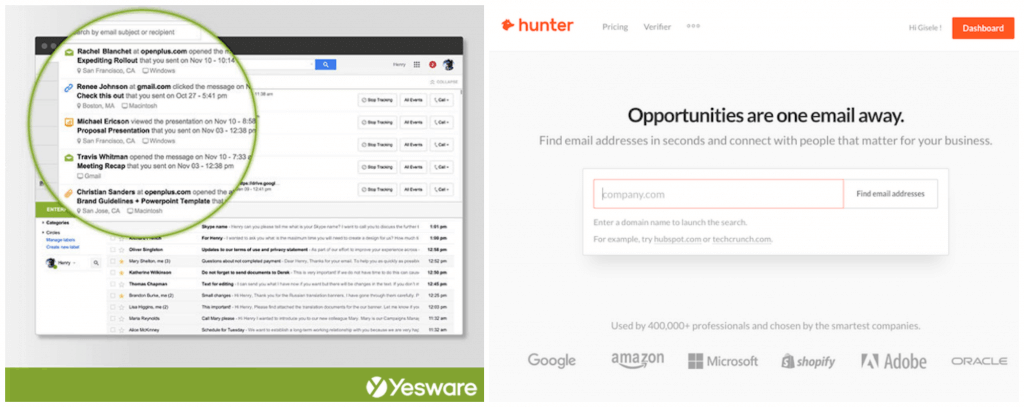
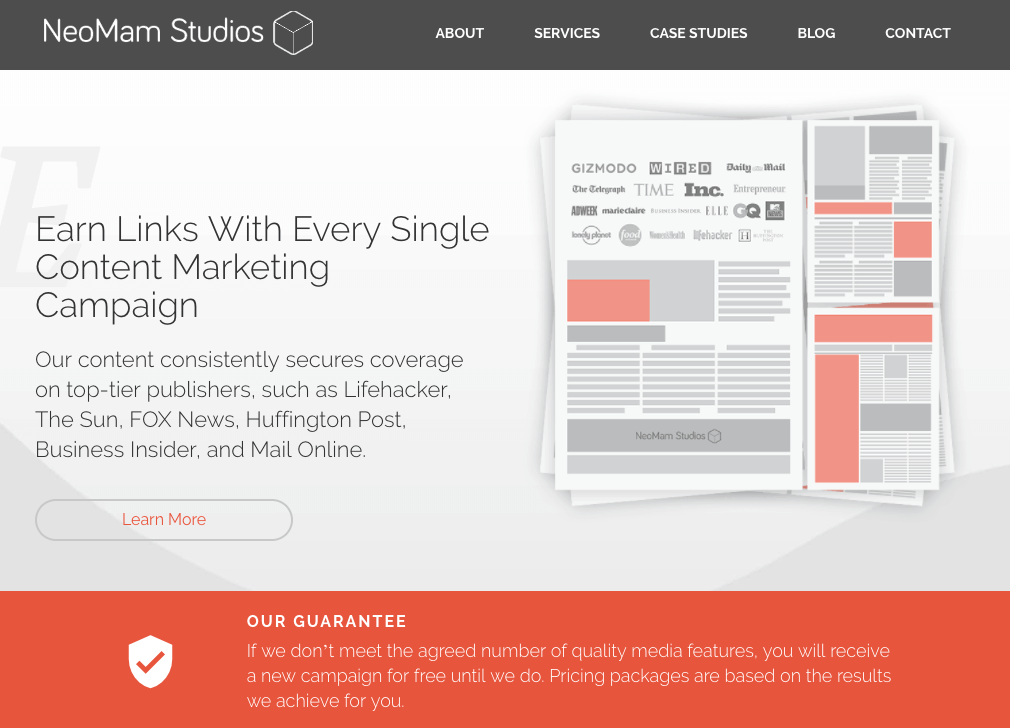
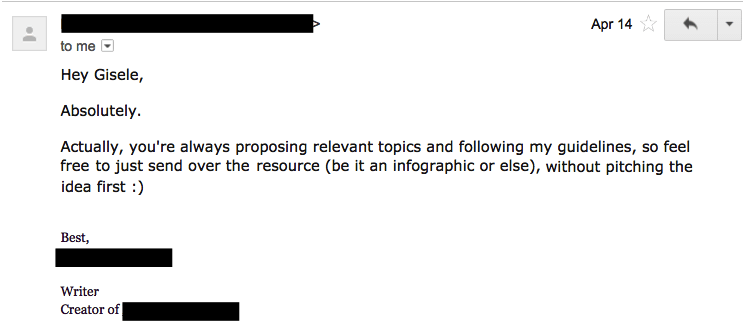
3 thoughts on “5 Common Myths About Outreach (and Why They’re Wrong)”
Comments are closed.